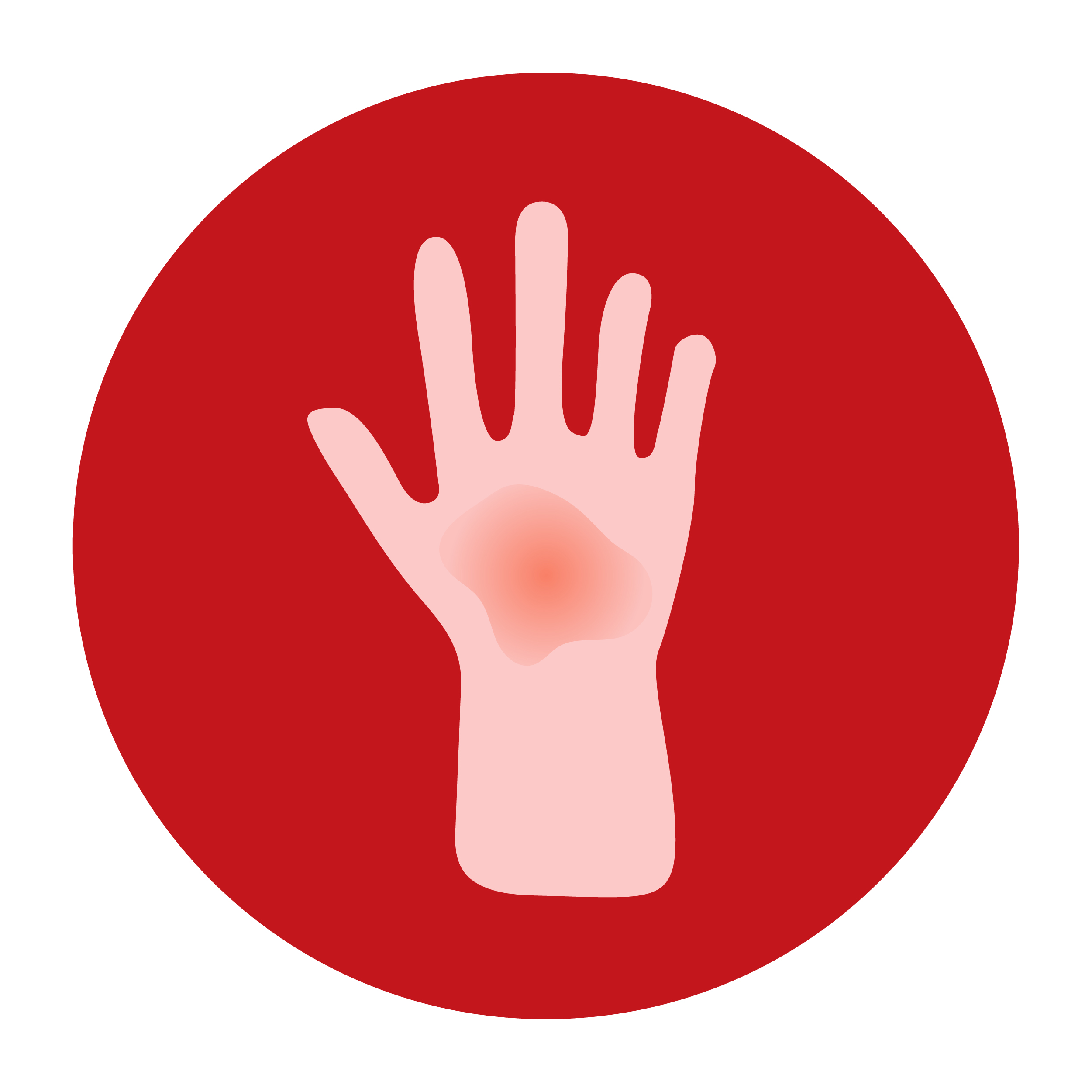Burn Treatment FAQ
Jump to a Section in this Article:
How Are Burns Treated?

Although some treatments can work across the different types of burns, specific treatment depends exclusively on the overall severity and specific degree of a burn. Minor burns, such as first-degree and some second-degree burns, can typically be self-treated and do not require a medical professional. Treatments such as wound dressing, medication, surgery, and therapy are reserved for severe third and fourth-degree burns.
First-Degree Burn Treatment

First degree burns can be treated at home and are best treated by first running room temperature water over the affected area to relieve the pain and swelling. After placing the cool compress, it is best to apply an ointment containing Aloe Vera in combination with an anesthetic like Lidocaine to numb the pain and protect the wound.
Although tempting, it is best to avoid home remedy treatments such as honey, lemons, butter, mayonnaise, and ice. These methods can cause infection or further irritate the wound. To adequately treat the burn, alleviate the pain, and hasten the healing process, use a combination of Aloe Vera (soothing & moisturizing agent), Lidocaine (pain numbing agent), and Vitamin E (wound healing agent). These are all active ingredients found in Alocane products.
Third-Degree Burn Treatment

Third-degree burns always require immediate treatment from a medical professional and should never be self-treated. Quickly dial 911 If you or someone you know experience a third-degree burn.
There are steps you can take to help the victim of the burn before arriving at a hospital or burn center, which includes:
- If possible, keep the burned area raised above the heart
- Cover the victim with a sheet or light blanket - body temperature can significantly drop due to reduced blood pressure
- Cover the burned area with a loose bandage or cloth
Specific treatment for a third-degree must be determined by a doctor and will likely be based on:
- Age, health, and medical history
- Cause of the burn
- Location of the burn
- Extent of the burn
Your doctor will also evaluate the severity of the burn, determining the specific treatment, which may include:
- Removal of dead skin and tissue
- Antibiotic ointment and creams
- Pain medications
- Skin grafting
- Spending time in a warm, humid environment
- Cosmetic and functional reconstruction surgery
Fourth-Degree Burn Treatment

Similar to a third-degree burn, fourth-degree burns are oftentimes life-threatening and require immediate treatment from a medical professional.
However, there are steps you can take to help the victim of the burn before arriving at a hospital or burn center, which includes:
- If possible, keep the burned area raised above the heart
- Cover the victim with a sheet or light blanket - body temperature can significantly drop due to reduced blood pressure
- Cover the burned area with a loose bandage or cloth
Beyond these actions, it is best that the victim does not receive any further treatment until they have been properly examined by a doctor or medical professional.
As with a third-degree burn, specific treatment for a fourth-degree burn must be determined by a doctor and will likely be based on:
- Age, health, and medical history
- Cause of the burn
- Location of the burn
- Extent of the burn
Your doctor will also evaluate the severity of the burn, determining the specific treatment, which may include:
- Removal of dead skin and tissue
- Antibiotic ointment and creams
- Pain medications
- Skin grafting
- Spending time in a warm, humid environment
- Cosmetic and functional reconstruction

